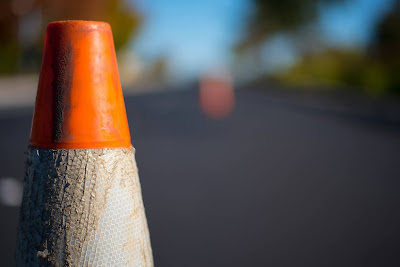Summer is here in Central Florida and things are truly in swing this season. Things are truly more active this time of the year and how couldn't they be? The sun is shining and vacations are waiting to be had. But, with that comes the additional risk of more road hazards being present during your commutes. Almost anything can be a danger to your when you're behind the wheel, but the summer presents several unique offerings you need to watch out for.
Toyota of Orlando is here with a quick guide on several hazards you should watch out for when you're on the road. Check it out!
Be Careful on the Road This Summer
Road Construction. Everywhere
- Do your research before hitting the road. Find out where construction zones are and give yourself extra time in case of traffic jams. You can also plot out an alternative route to take if you'd rather not drive through construction zones.
- Always watch the signs in a construction area. They will alert you of directions and various things to watch out for. Be careful to not become a road hazard yourself when driving in these Orlando conditions.
Motorcyclists
- Give motorcyclists on the road ample space to navigate. Don't tailgate them and don't drive close next to them. One wrong move or quick brake could have fatal consequences.
- ALWAYS check blind spots several times before switching lanes. Check once more before switching lanes and always look for motorcyclists on the road.
Bicycles
- Cyclists will often use the bike lane on city streets. Make sure to give them plenty of space if they're in this lane. If you can, you should consider switching lanes if you see a cyclist in your path.
- Follow a cyclist slowly and at a good distance to make sure they have enough space to make any necessary maneuvers.
Pedestrians
- If you're driving at night, pedestrians can be much harder to see. Use your headlights and always be careful to check intersections before proceeding.
- When making a right turn, double check to make sure no one is in the crosswalk. Anytime you turn right, it's likely going to be through a crosswalk or major intersection. Give them the right of way and make sure you're watchful of them.






